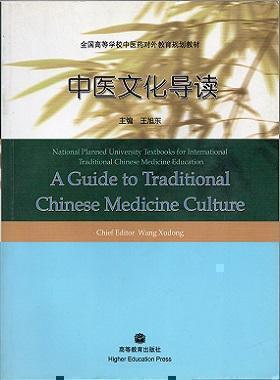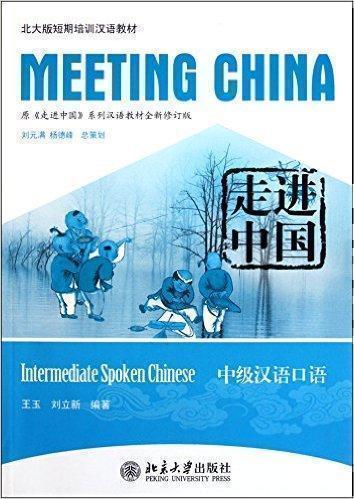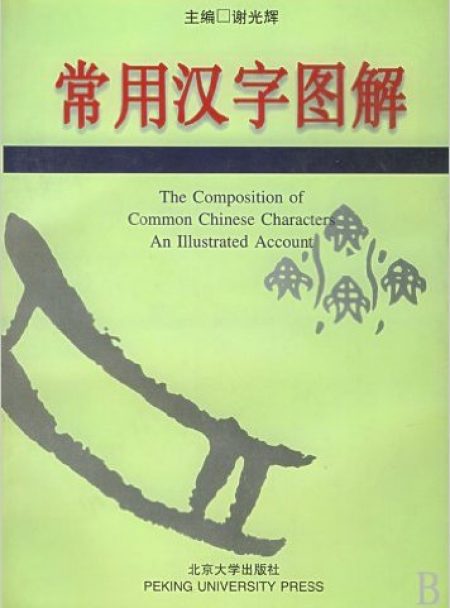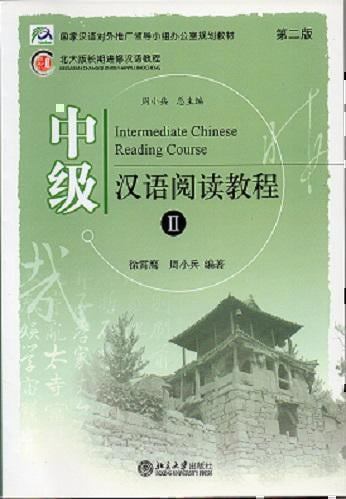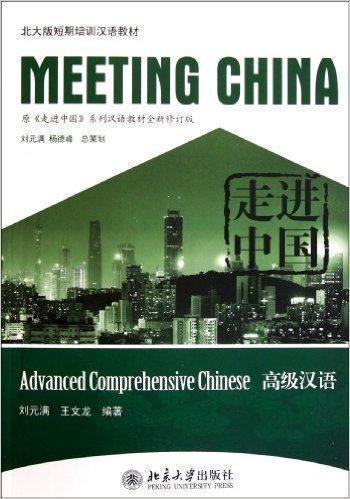Descrizione
Parlare è una delle abilità cognitive, linguistiche, motorie e sociali più complesse. Parlare una seconda lingua (L2) presenta ulteriori complessità date dal sistema linguistico precedente del parlante (L1) e dall’interazione della L1 con la L2 a diversi livelli di interlingua, così come da altri fattori come l’età, l’ambiente di apprendimento, fattori cognitivi e non cognitivi.
Questo libro rivela la natura molteplice dell’acquisizione e dello sviluppo delle abilità orali della L2 e illustra alcuni principi fondamentali per l’integrazione dell’insegnamento del cinese come L2 con le teorie e le ricerche relative all’acquisizione di una seconda lingua.
Il capitolo 1 presenta il modello didattico dell’Iowa per apprendere e sviluppare la lingua parlata, un modello integrato che prende in considerazione la natura non lineare e pluri-sfaccettata dello sviluppo della lingua parlata cinese come L2. I capitoli dal 2 al 9 introducono teorie e modelli che presentano il curriculum e l’attività didattica in classe in modo generale. Il capitolo 8 e 9 presentano due modelli di valutazione: il Quadro Comune Europeo di Riferimento (QCER) e il Language Proficiency and Foreign Language Standards dell’ACTFL. Il capitolo 10 presenta due esempi reali di didattica in classe a livelli d’istruzione diversi dove viene mostrato, anche con l’aiuto di due DVD, come si possa realizzare un modello didattico come quello spiegato nel capitolo 1.
Il libro è bilingue, inglese cinese, ed è quindi adatto anche a chi non parla il cinese; è inoltre un ottimo strumento per acquisire terminologia specifica sia da parte di coloro che parlano cinese come L1 che come L2.
Elenco dei contenuti:
Introduction
Chapter One: The University of Iowa Chinese Spoken Language Instruction Model
- Chines SLA Theory and Research
- Cognitive Psychology,SLA, and Psychology of SLA
- Context, Motivation and Meaning Making
- Assessment
Chapter Two: Linguistic Perspective of Speech Acquisition and L2 Chinese Speech Acquisition Studies.
- Mandarin Chinese Prosody
- Lexical Tones
- Global Prosodic Phenomena
- L2 Chinese Pronunciation Acquisition Studies
Chapter Three: Cognitive Psychological Theory and Research
- Processing Approaches
- Emergentist/Constructivist Approaches
- TAP Theory
- Chaos/Complexity Theory
- Learner Variables
Chapter Four: Language Socialization Theory and Research
- The Social Turn in the Language Learning Field
- Interface of Theory and Practice on L2 Instruction: TBLI
Chapter Five: SLA Theory and Research
- SLA Theory: An Overview
- Communicative Competence
- Classroom-based Research on L2 Speaking
Chapter Six: Pedagogical Theories and Research
- Grammar-Translation Method
- Direct Method
- Audiolingual Method
- Total Physical Response
- Communicative Language Teaching
- Content-Based Instruction
- Task-Based Instruction
Chapter Seven: CALL Theory and Research
- The Connection between CALL and SLA
- CALL in Pedagogical Application
- CALL in Speaking Acquisition
Chapter Eight: ACTFL Speaking Guidelines and National Foreign Language Standards
- Introduction of ACTFL Speaking Guidelines
- Introduction of National Standards
- Applications to L2 Speaking Teaching and Learning
Chapter Nine: Common European Framework of Reference for Languages
- Background
- Common Reference Levels
- Common Reference Levels: Qualitative Aspects of Spoken Language Use
- Application: How to Use Scales of Descriptors of Language Proficiency
- Application: Language Instruction and Learning
Chapter Ten: Task-Based Language Instruction: Chinese Speaking Class Sample Lessons
References


